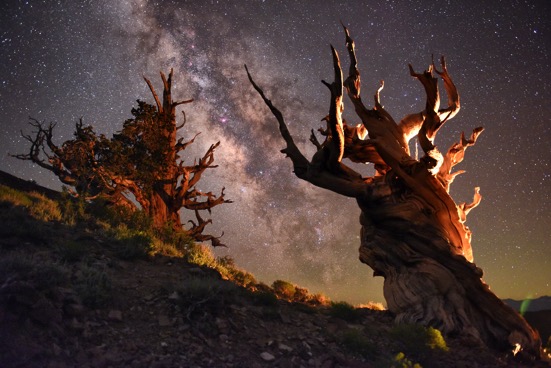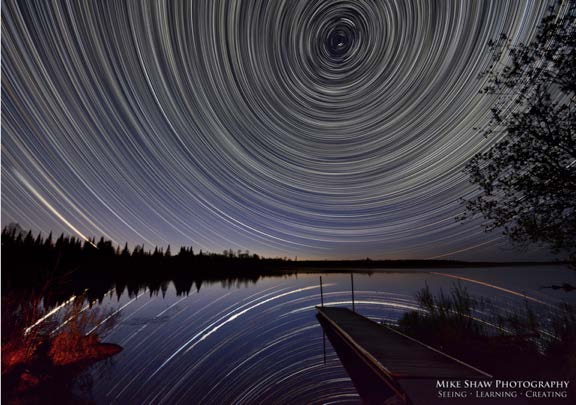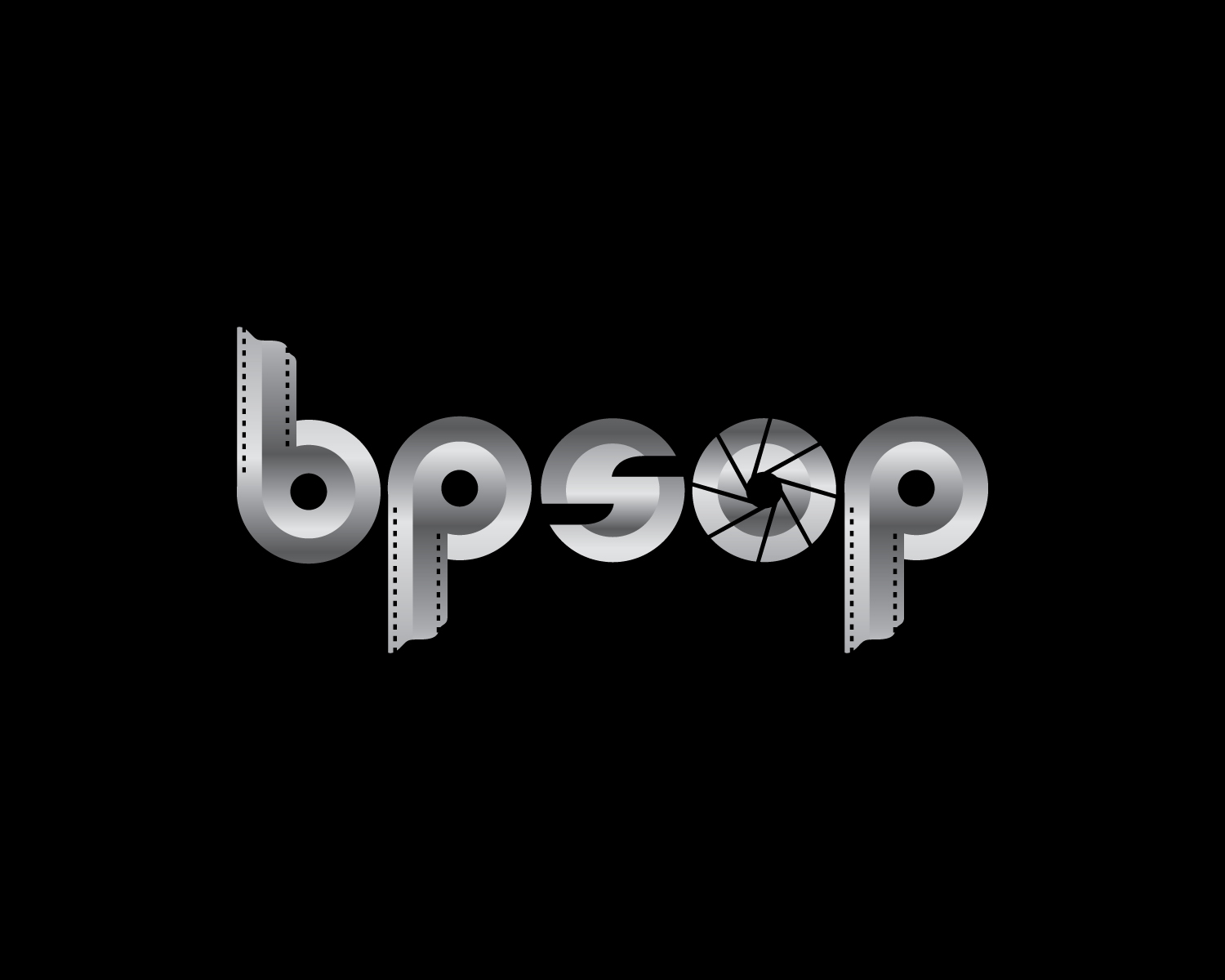Star Trails and Night Photography
Star Trails and Night Photography
11STAR21 LS4
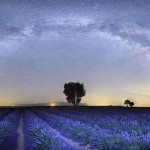
Take Lesson
11STAR21 LS1
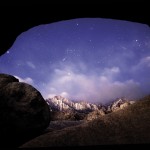
Take Lesson
11STAR21 LS2
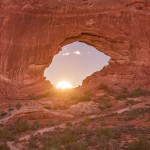
Take Lesson
11STAR21 LS3
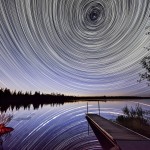
Take Lesson

Nightscape photography, which combines compelling landscape subjects with carefully choreographed night sky objects, has recently burst into public awareness and soared in popularity. Here you will learn the fundamentals of nightscape photography in clear and easy to understand language. After completing this course, you should expect to know how to successfully plan and create your own spectacular nightscapes of the Milky Way, star trails, the full Moon rising, constellations and more. The unique approach of this course is its coupling of the underlying principles of astronomy and photography through practical, step – by – step methods to provide you with the tools you need to fulfill your artistic vision.
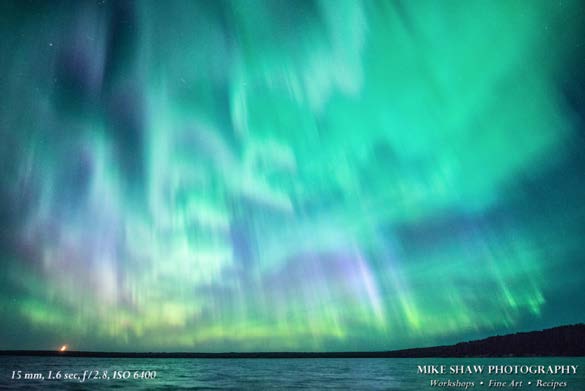
Lesson 1: Capturing Constellations
What is there to photograph tonight? Why does the night sky change during the year? What equipment do I need for night photography? What obstacles are there and how can I overcome them? What are the optimum aperture, ISO and shutter speed settings and combinations for the best possible nightscapes? These are the questions and more that you’ll be able to answer after this lesson.
Lesson 2: Shooting with the Moon
Waxing/waning; gibbous/crescent – what do these terms really mean, and why should you care? In this lesson, you will understand all about the phases of the moon, their origins and when during the night you can expect to see each of them. You will see why certain moon phases are recommended for specific types of nightscape images. Finally, we will explore when and how to precisely align the rising full moon with a specific foreground object through a detailed case study filled with practical recommendations.
Lesson 3: Creating Star Trails
Here, we will explore several methods for acquiring images for star trail image creation in detail. We will compare numerous methods for combining, or “stacking” them to create the final image. We will examine the effects of compass direction, lens focal length and local latitude on the selection of the appropriate equipment to choose for a specific image. Finally, we will see how the choice of twilight phase and foreground subject strongly affects the appearance of the final star trail image.
Lesson 4: Chasing the Milky Way
When can I see and photograph the Milky Way? After this lesson you will never have to ask this question again! We will begin by understanding the structure of the Milky Way, and how the orientation of the Earth, Solar System and Milky Way governs its nightly movement across the sky, and annual change in appearance. We will pinpoint exactly when and where you will be able to view the Milky Way for any location on earth, along with the best exposure settings to use. Finally, we will explore how the focal length you choose will affect the appearance of the Milky Way in your nightscape images.
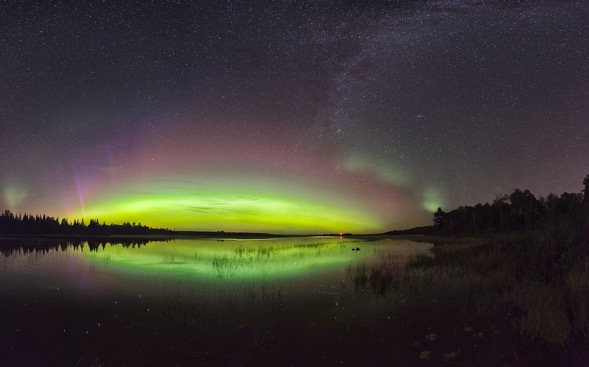
Course Requirements:
Students should understand how to use their camera in manual exposure and manual focus modes. You will need a tripod. A headlamp or other flashlight, preferably with a red light setting is recommended. Other helpful equipment includes gaffer’s tape, a focusing loupe and a remote shutter release. You will get the most from this class with a digital camera and fisheye, wide angle and street-zoom (in the range of 24 – 70 mm) lenses.
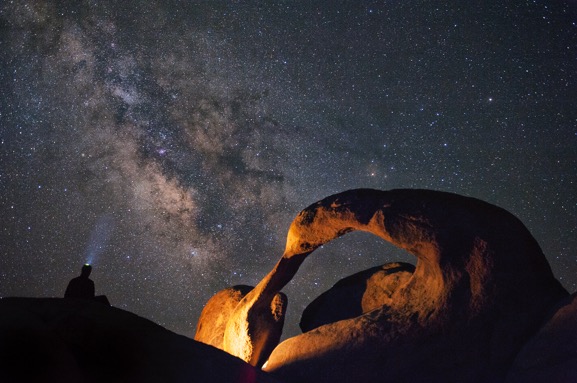
Instructor: Mike Shaw
 Dr. Mike Shaw is an award-winning night and nature workshop leader, book author and outreach educator. He also is a former university professor who has traveled to remote wilderness areas around the world. He is known for his friendly, down-to-earth teaching style and his ability to easily create a supportive, yet challenging learning environment. He is the author of the new book, “The Complete Guide to Landscape Astrophotography – Understanding, Planning, Creating and Processing Nightcap Images,” with Routledge/Focal Press. This groundbreaking work integrates astronomy, photography and planning methods to allow you to be at the right place, at the right time, with the right equipment and knowledge to get that shot the first time!
Dr. Mike Shaw is an award-winning night and nature workshop leader, book author and outreach educator. He also is a former university professor who has traveled to remote wilderness areas around the world. He is known for his friendly, down-to-earth teaching style and his ability to easily create a supportive, yet challenging learning environment. He is the author of the new book, “The Complete Guide to Landscape Astrophotography – Understanding, Planning, Creating and Processing Nightcap Images,” with Routledge/Focal Press. This groundbreaking work integrates astronomy, photography and planning methods to allow you to be at the right place, at the right time, with the right equipment and knowledge to get that shot the first time!
Mike’s work has appeared on CNN, CBS, NBC, ABC, Space.com, NASA, Minnesota Monthly, Bare Essentials magazine, The World At Night (TWAN), PhotoPills and in the US National Park Service.
You can find out more at MikeShawPhotography.com and Photofinessery.com, his unique, photo recipe blog.
Email: [email protected]
Web: MikeShawPhotography.com (Workshop, Fine Art website)
Blog: PhotoFinessery.com (Photo Recipe Blog)
Facebook: www.facebook.com/mikeshawphotography/
Instagram: @MikeShawPhotography
Twitter: @MikeShawPhoto
